
- Email yeldocollegesmd@gmail.com
- CALL +91 98468 77776 +91 98461 10506

In this digital era, grabbing and retaining attention has become more challenging than ever. Visual used to be the foundation of a communication, and nowadays it is not enough in speed-story/interactivity-driven world. This is where motion graphics takes center stage.
In this dynamic bridge between graphic design and animation, motion graphics is transforming how brands connect, how designers create, and how audiences engage. With the rise of video-first platforms, short-form storytelling, and animated UI elements, animation has moved from the periphery to become the future of visual communication.
In this blog, we will look at why the ability to handle motion should no longer be an optional requirement in a designer’s toolbelt, and why design schools like Yeldo Mar Baselious College are setting out to train a new generation of creative directors as the field evolves.
Motion design is a vibrant subfield of graphic design, focuses on creating animated visuals and visual effects that go beyond aesthetics. It helps to tell stories, evoke emotions, and inspire action, unlike static images; motion graphics bring content to life, which delivering dynamic content that captures attention within seconds.
From film and television to advertising and social media, motion designs are used in everywhere. The global growth of the animation industry reflects a clear trend: audiences crave compelling, visual communication that feels alive.
In a world dominated by mobile screens and bite-sized content, animated elements increase user engagement, clarify complex ideas, and boost information retention—making them essential in today’s digital revolution.
While the tools have changed, the craft remains rooted in timeless animation principles developed by legends like Disney animators. Concepts such as squash and stretch, anticipation, and staging add believability and fluidity to every design.
Keyframe animation forms the backbone of motion graphics, allowing designers to define start and ends, while tweening fills in the movement between frames. The magic lies in mastering timing and spacing, which creates rhythm and realism in animated sequences.
Today’s motion designers rely on tools like Adobe After Effects, Blender, Cinema 4D, and even Apple Motion each offering robust capabilities for 2D and 3D animations. These industry-standard tools empower creators to bring abstract concepts to life with seamless transitions, intuitive motion paths, and precise control over every frame.
Digital marketing has become a battlefield of attention and motion graphics is its secret weapon. Whether it is a promotional video, explainer animation, or animated UI feature, motion design boosts user experience (UX) by creating smoother, more intuitive interactions.
Brands use motion graphics to strengthen their visual identity, tell stories with emotion, and reinforce memory through movement. Even subtle elements like hover effects or micro-interactions build a sense of brand sophistication and technological fluency.
On platforms like Instagram, Facebook, and TikTok, animated content garners higher engagement rates than static posts. In branding, motion transforms logos, social media marketing, advertising, and communicates values faster than any caption can. The result? A deeper, more lasting connection with consumers in an age where attention is fleeting.
As technology evolves, so does the role of motion design, with the integration of AI-powered tools, up to 70% of repetitive design tasks can now be automated freeing creators to focus on storytelling and conceptual innovation.
Motion graphics is also making waves in augmented reality (AR) and virtual reality (VR). Whether in virtual retail stores, immersive educational experiences, or digital entertainment, animation enhances realism and interactivity. Tools like Unreal Engine used in productions like The Mandalorian are setting new standards for virtual set design and hyperrealism.
Designers are also exploring sustainable 3D design practices and NFTs marketplaces, using motion art as digital assets that offer verifiable ownership and fresh monetization avenues.In the emerging Metaverse, motion designers are not just creating assets they are building entire worlds.
As storytelling shifts to animated formats, motion graphics skills become indispensable for any modern career in graphic design. Whether you are designing interfaces, campaigns, or brand stories, the ability to animate visuals gives you a competitive edge.
Institutions like Yeldo Mar Baselious College are leading this transformation. Our animation course in Kerala and graphic designing courses in Kerala equip students with future-proof skills. Learning motion graphics combine foundational design training with hands-on exposure to motion design tools, industry workflows, and creative experimentation.
Students graduate not just as designers, but also as motion designers ready to meet the growing industry demand, create more impactful visuals, and lead the way in digital storytelling.
Motion graphics are not a trend it is a revolution. It is redefining our designing, our marketing, our connecting. From transforming static visuals into dynamic visuals, to enriching brand experiences with creative storytelling, motion design is revolutionizing the world of graphic design. Tomorrow the designers will have to speak the language of motion and create a content that will tell the story of the digital era through the visual code that audiences will absorb intuitively.
It is high time to become more adaptable, reskill and pioneer into the age of animation.
Ready to begin your journey? Enroll animation and graphic design courses at Yeldo Mar Baselious College and become a visual storyteller for the digital age.
Tags: why animation is the future of graphic esign
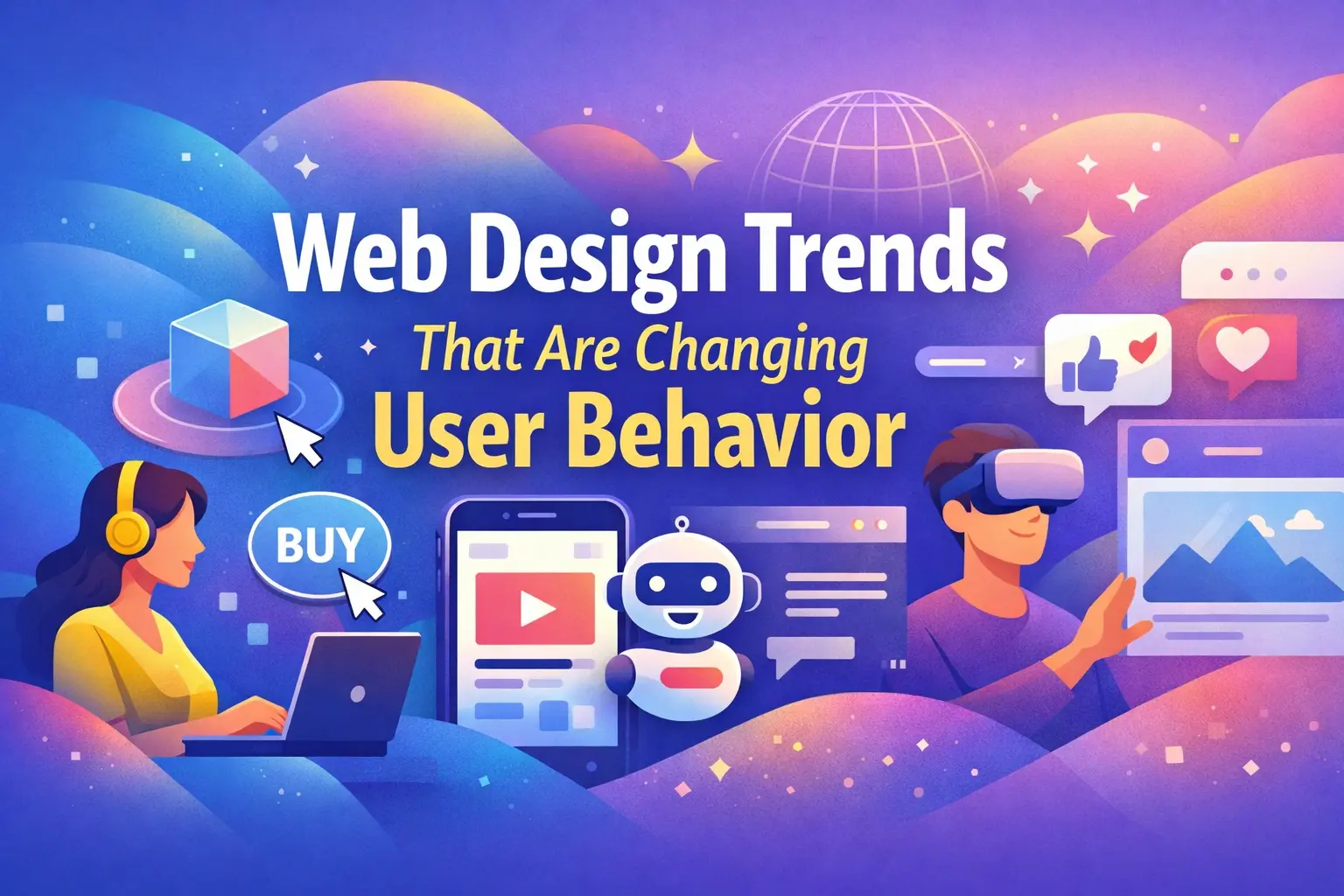
January 09, 2026
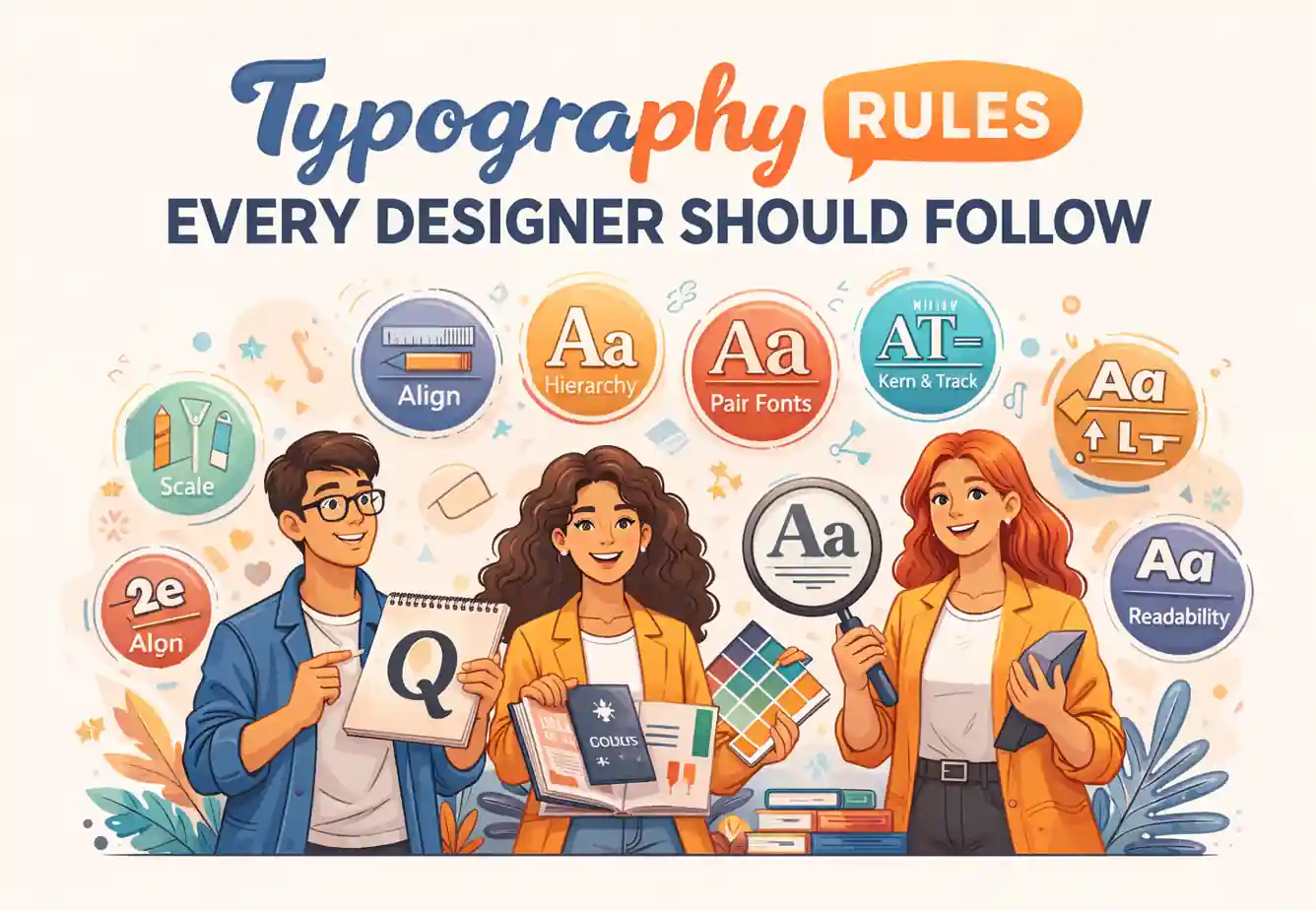
January 07, 2026
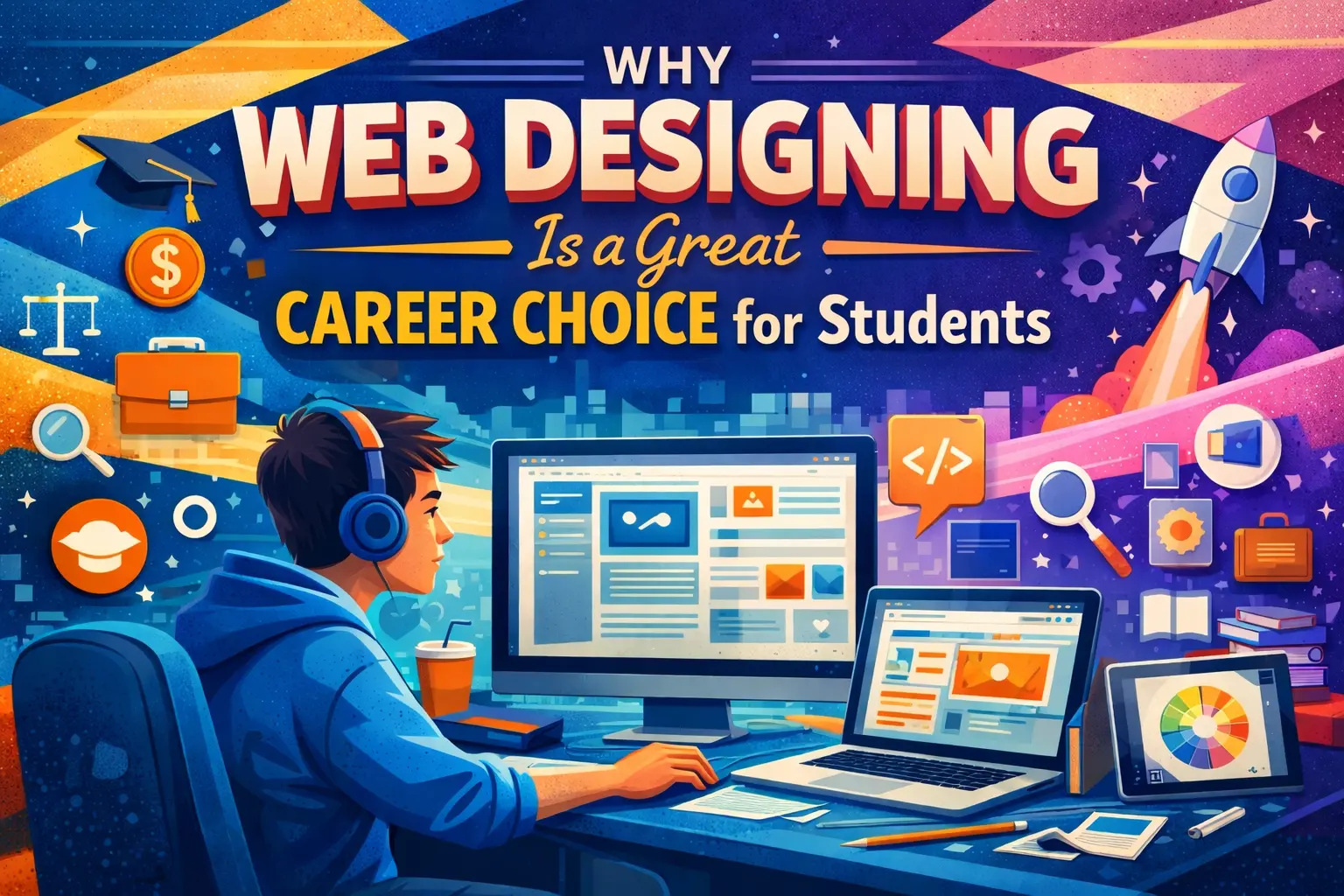
December 29, 2025

December 26, 2025

December 24, 2025

December 17, 2025
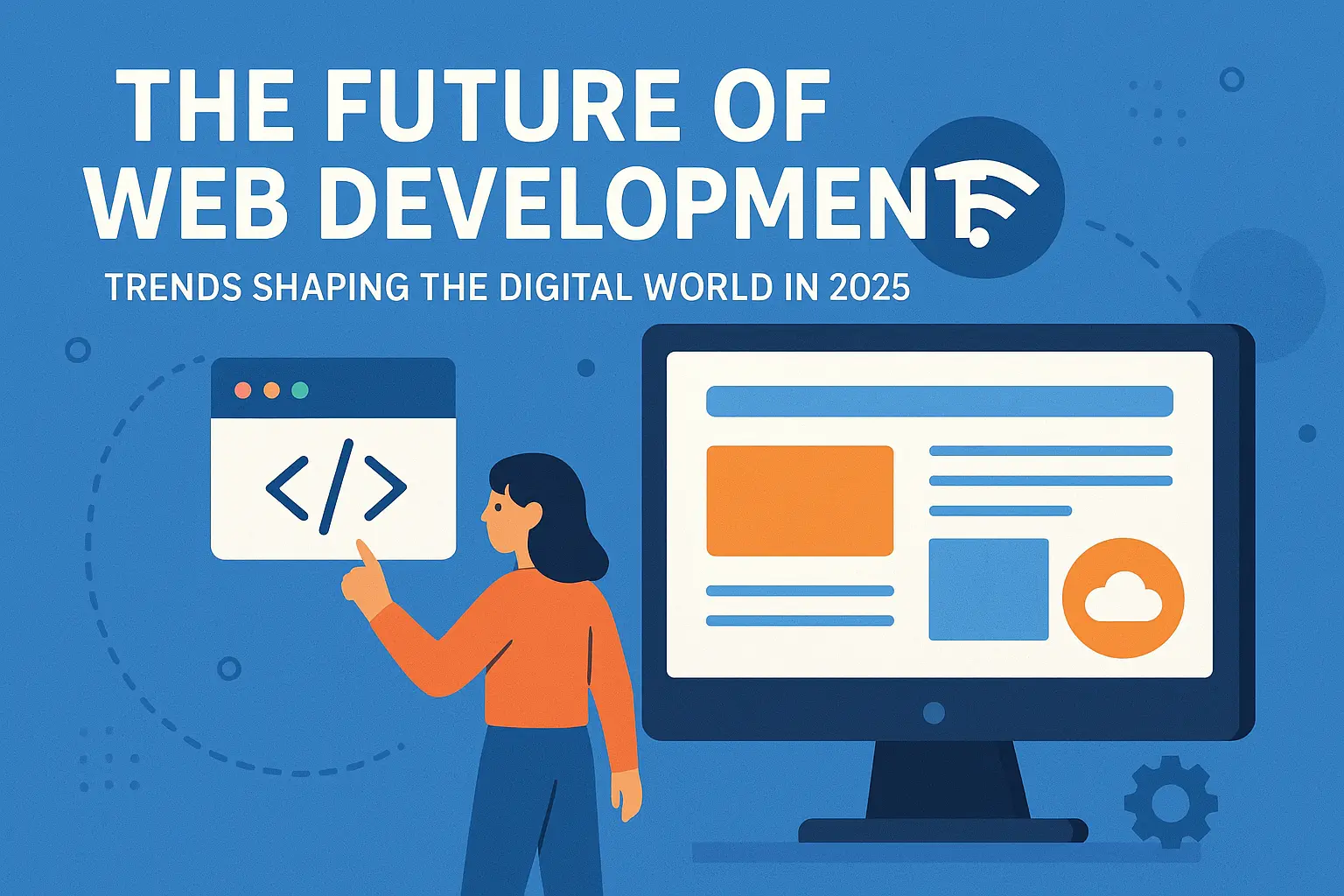
November 26, 2025
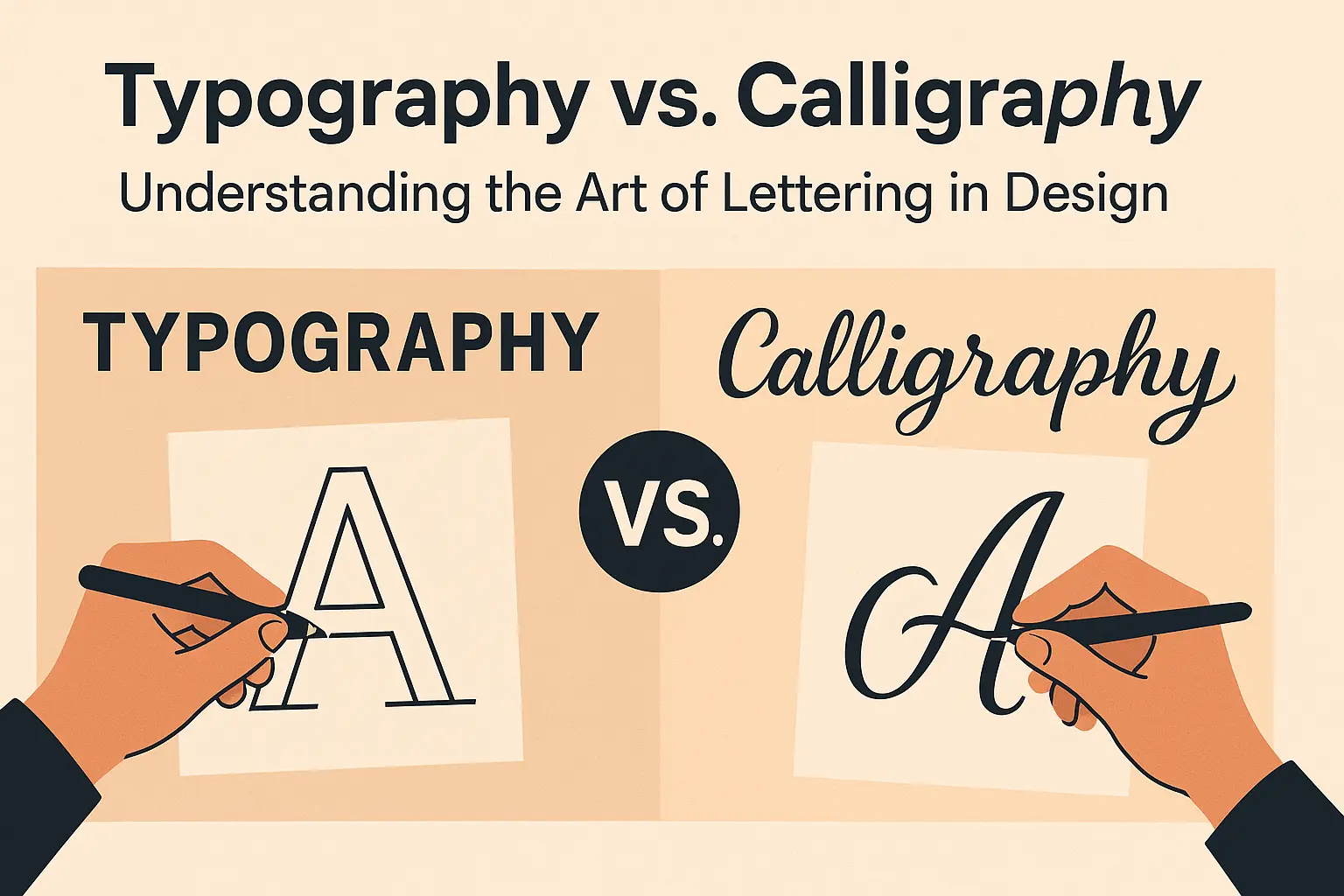
November 24, 2025
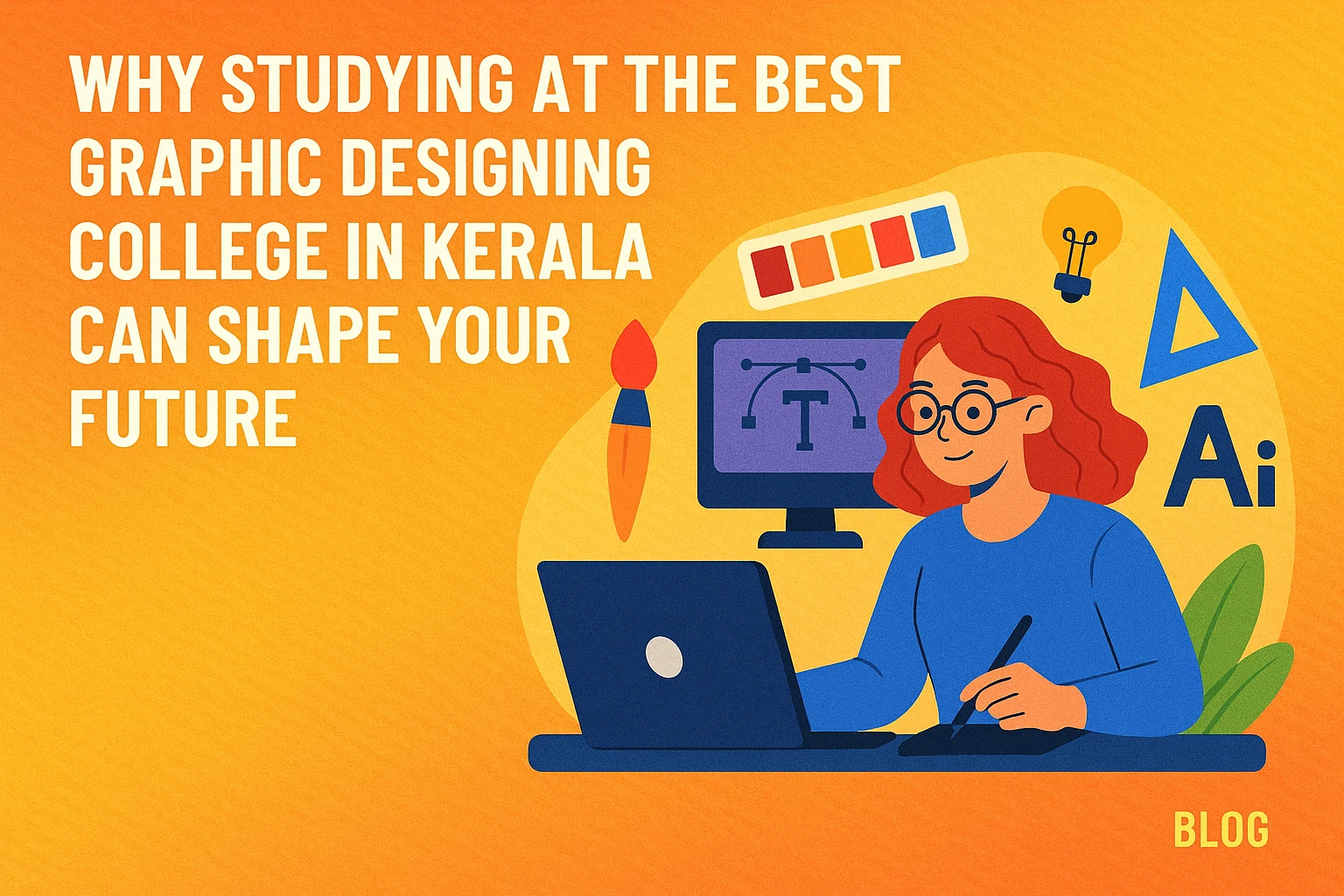
November 12, 2025
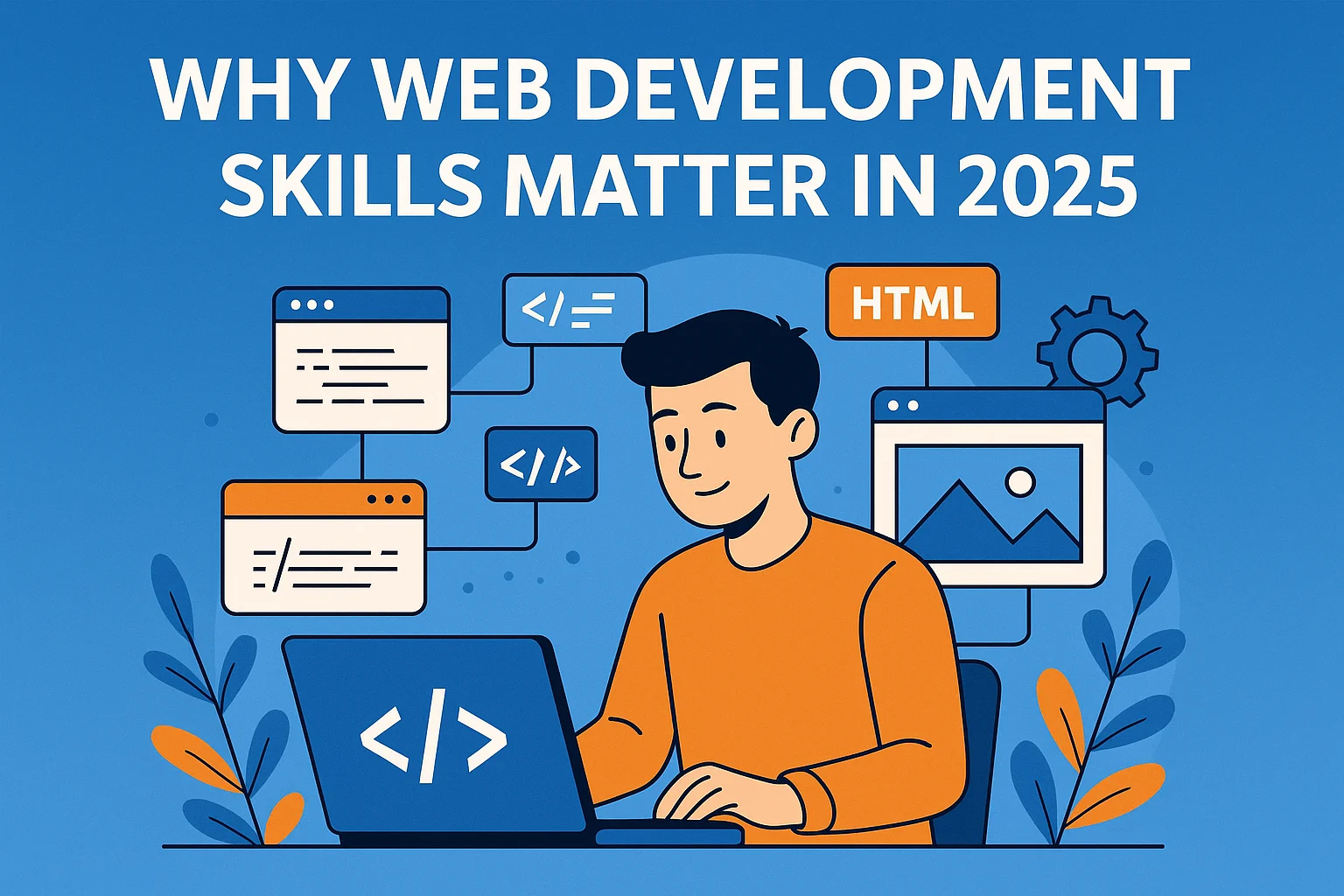
November 12, 2025

October 30, 2025
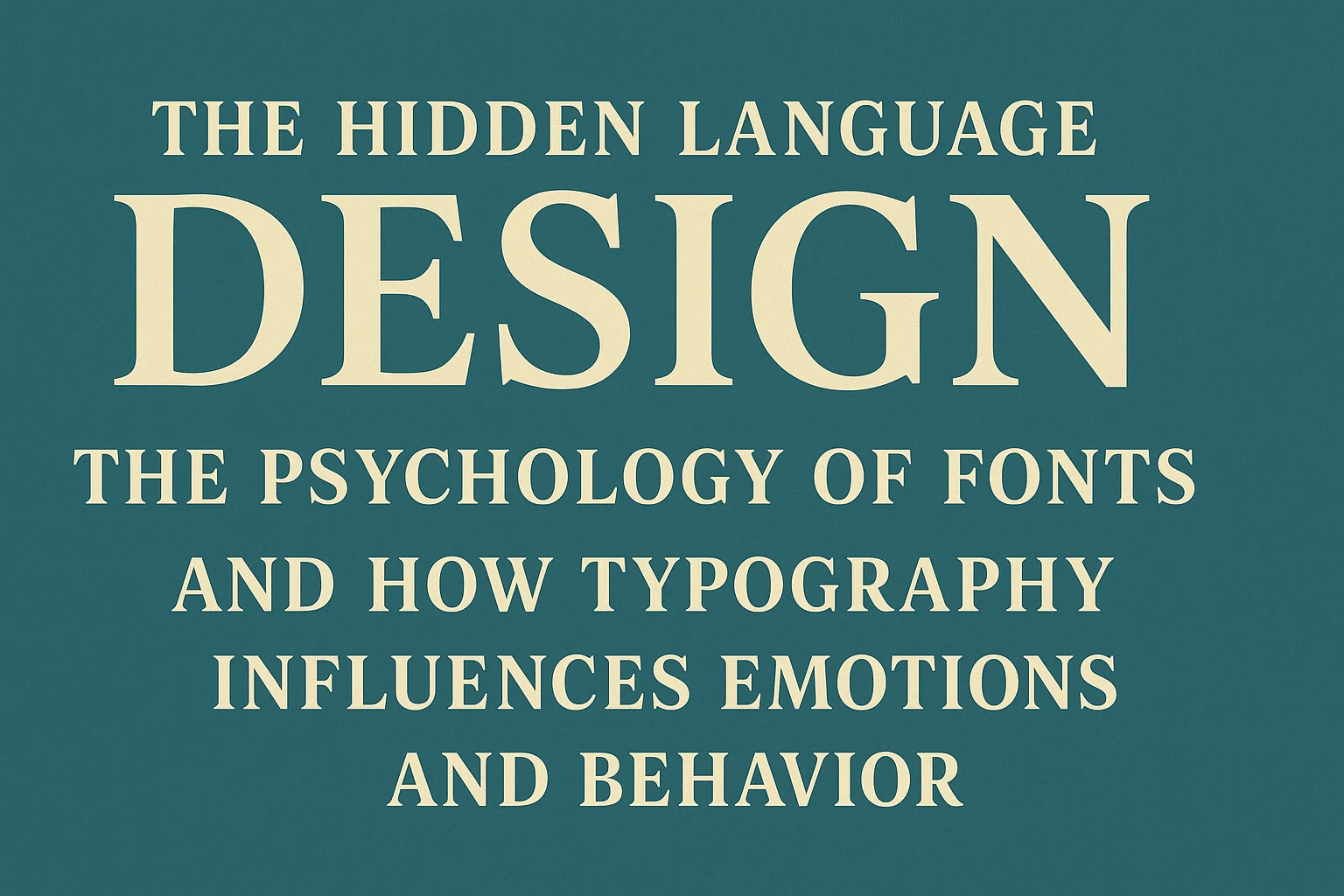
October 25, 2025
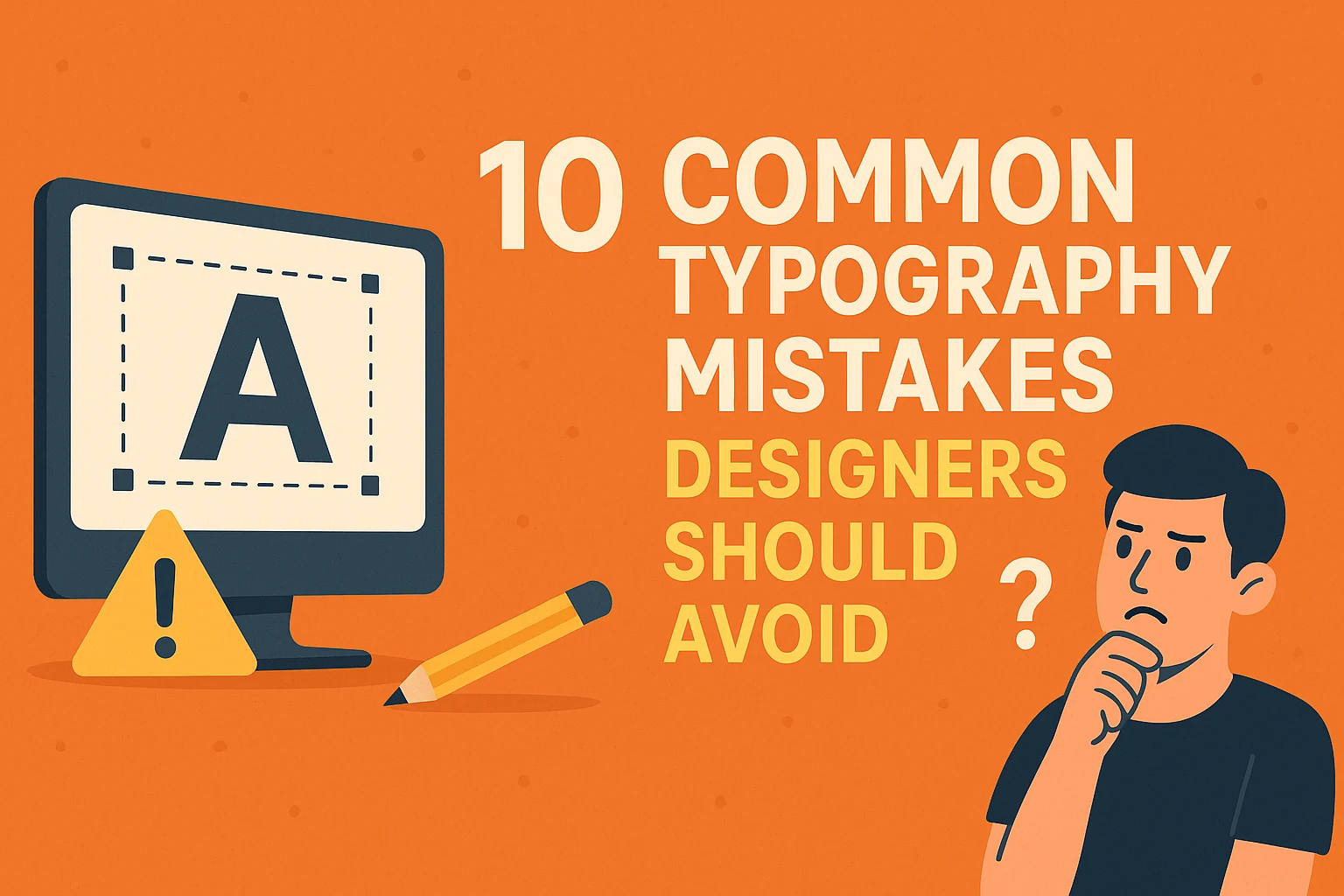
October 25, 2025
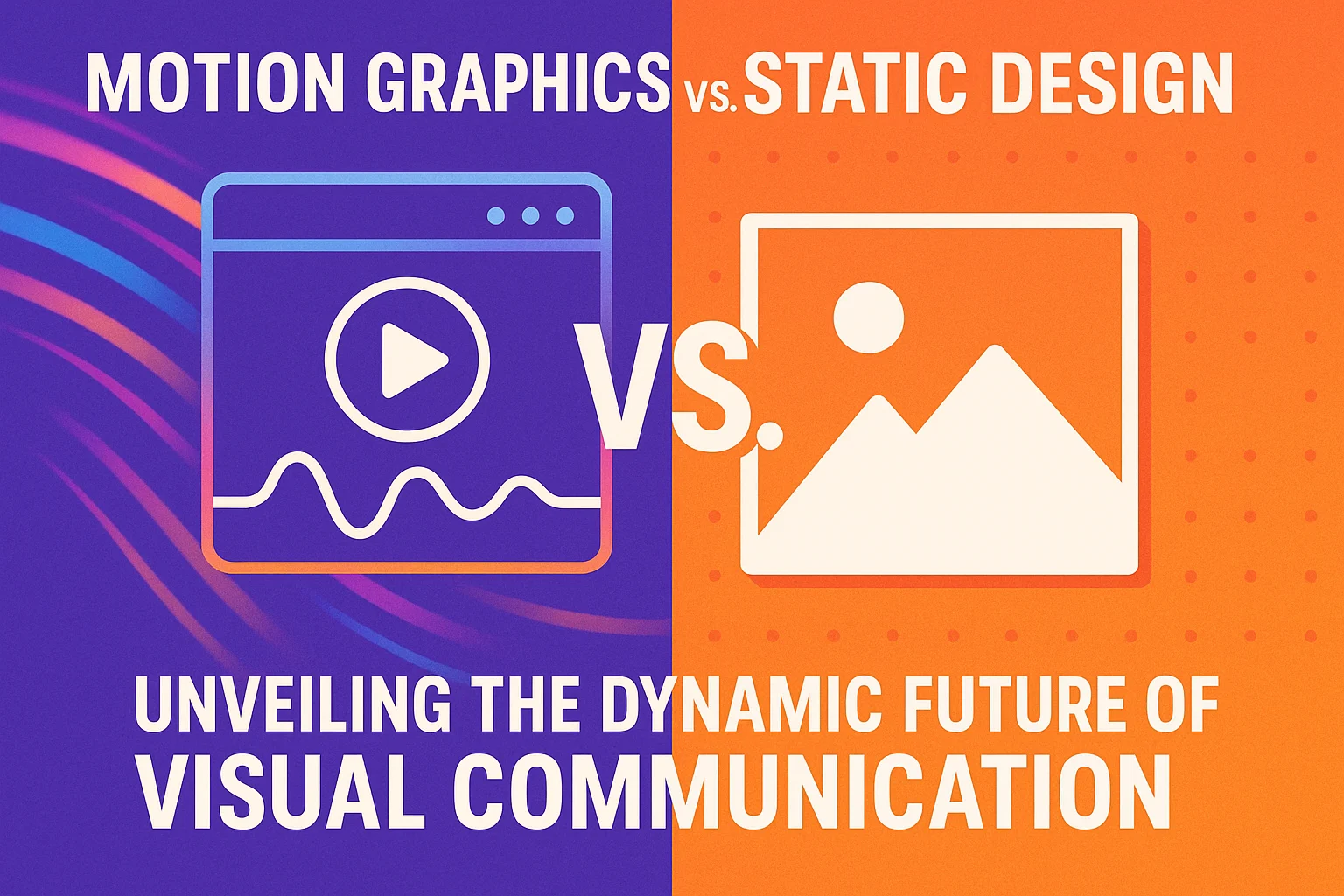
October 25, 2025
September 27, 2025
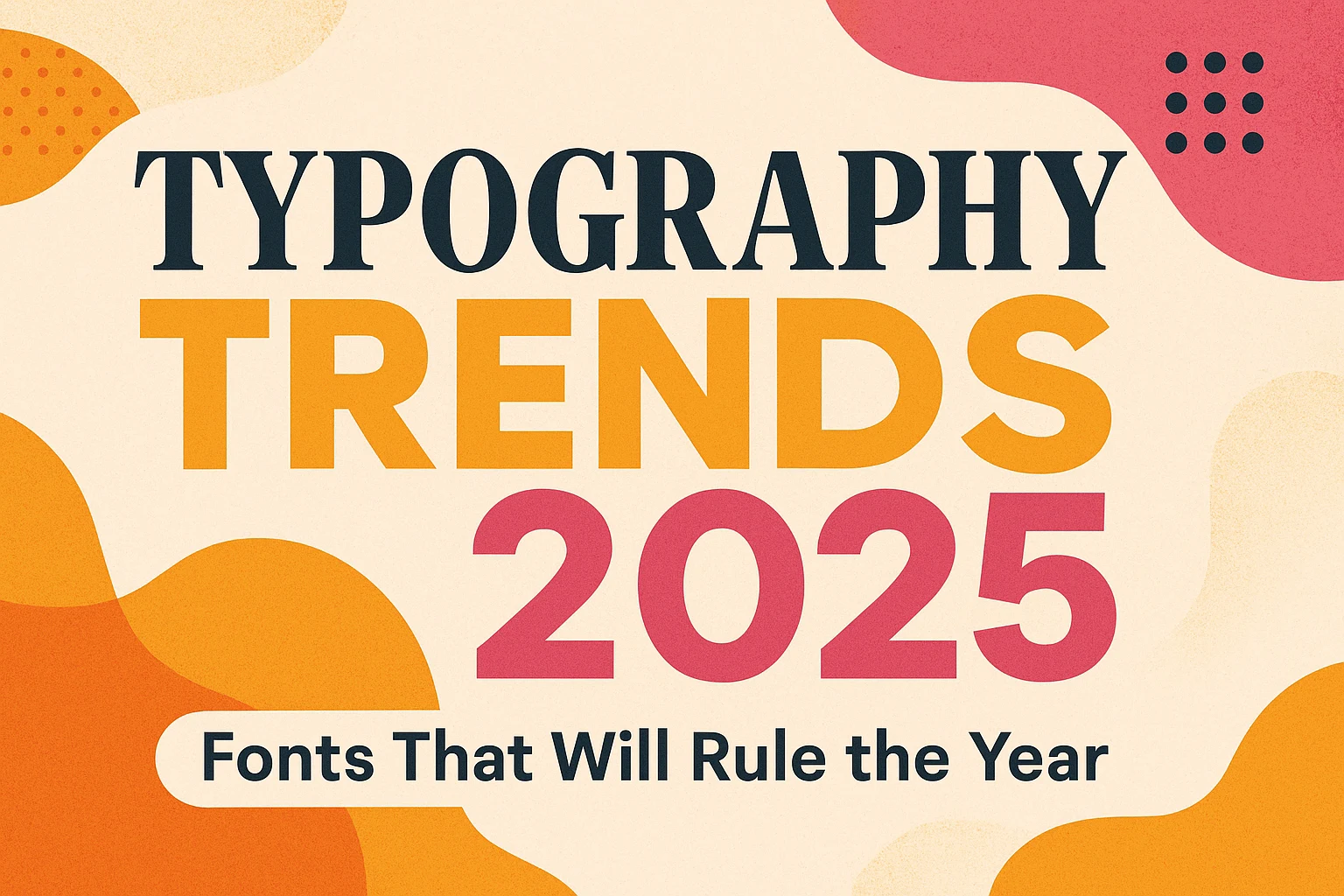
September 22, 2025
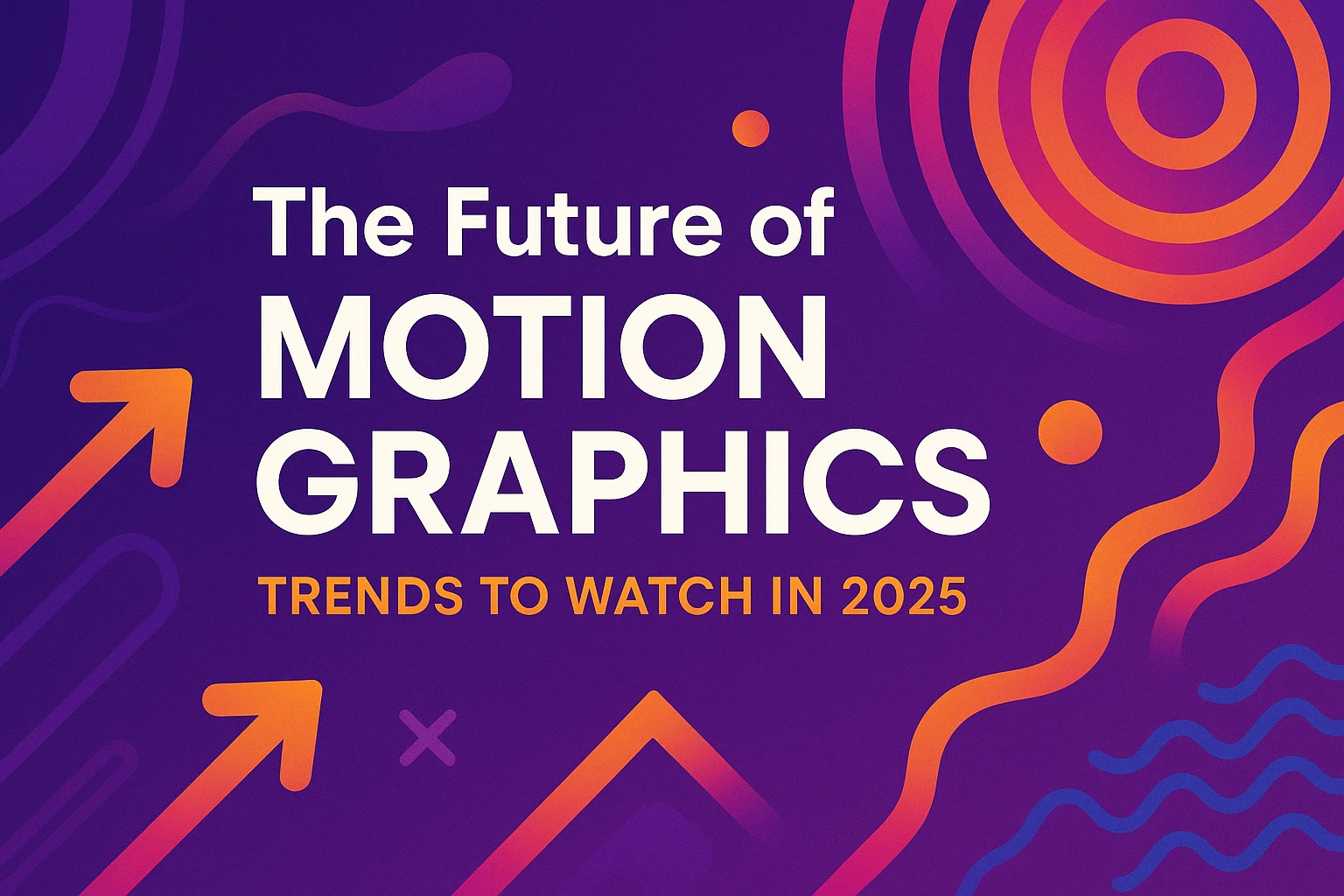
September 22, 2025
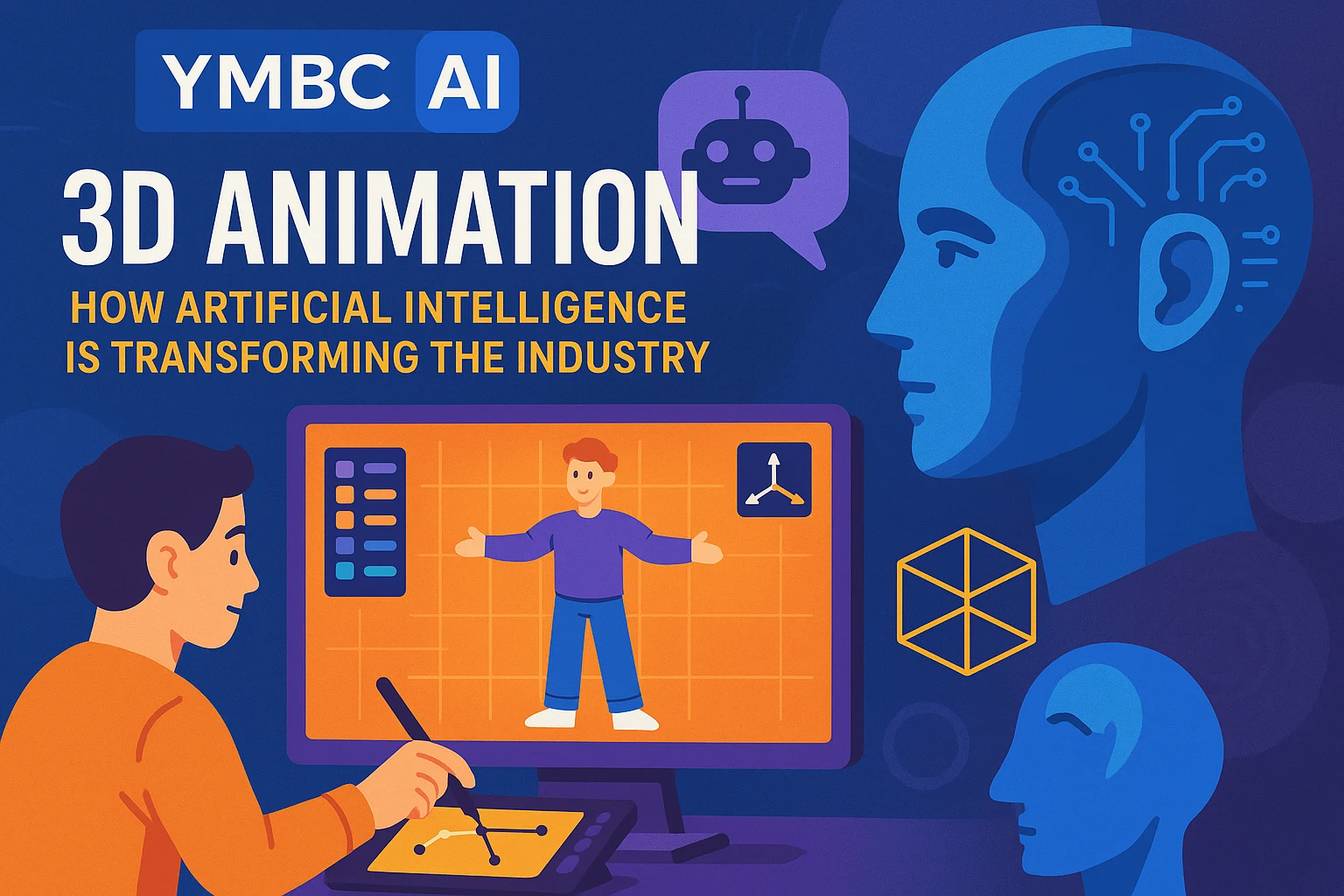
September 19, 2025
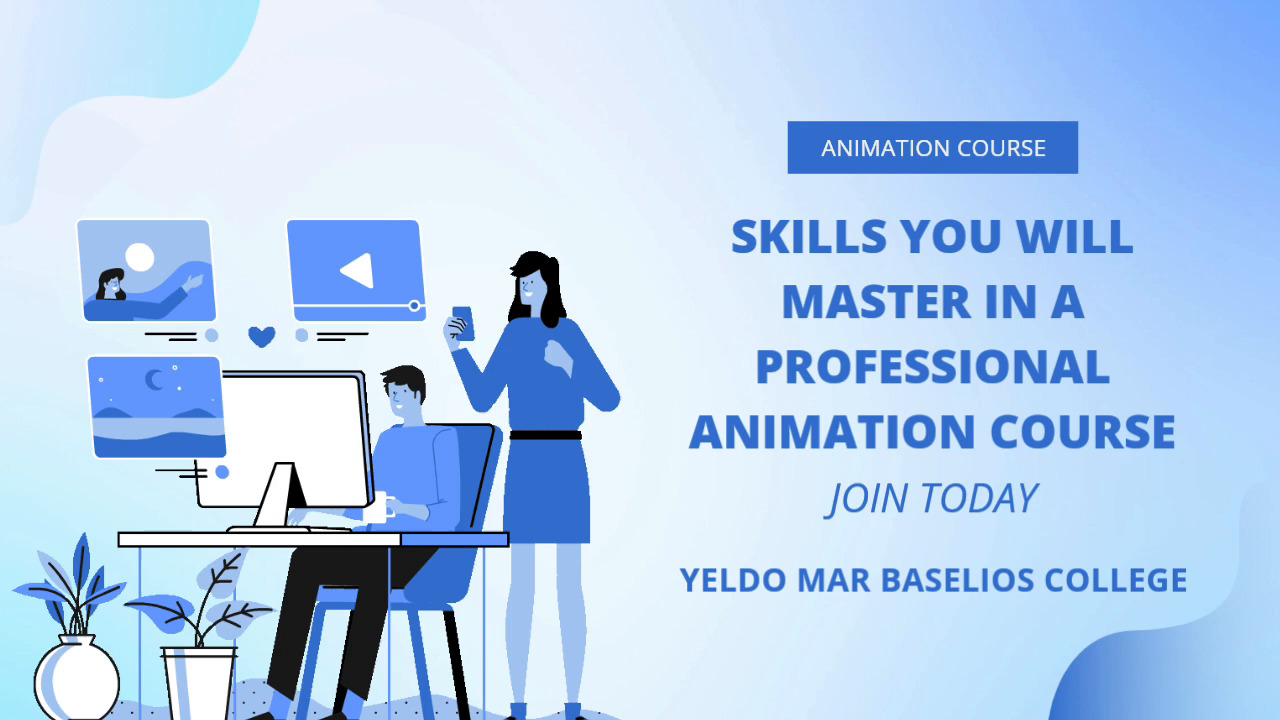
August 22, 2025
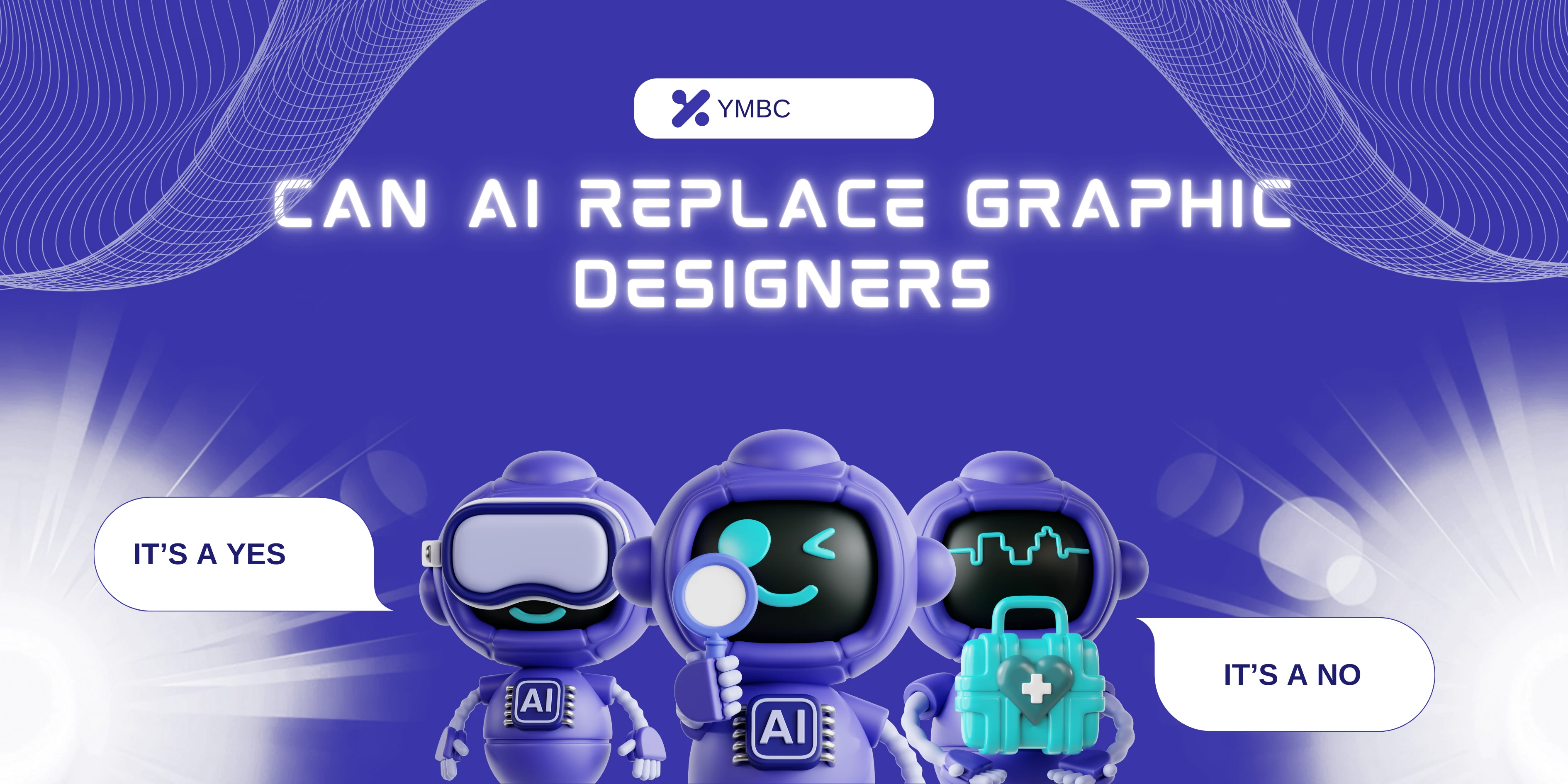
August 22, 2025
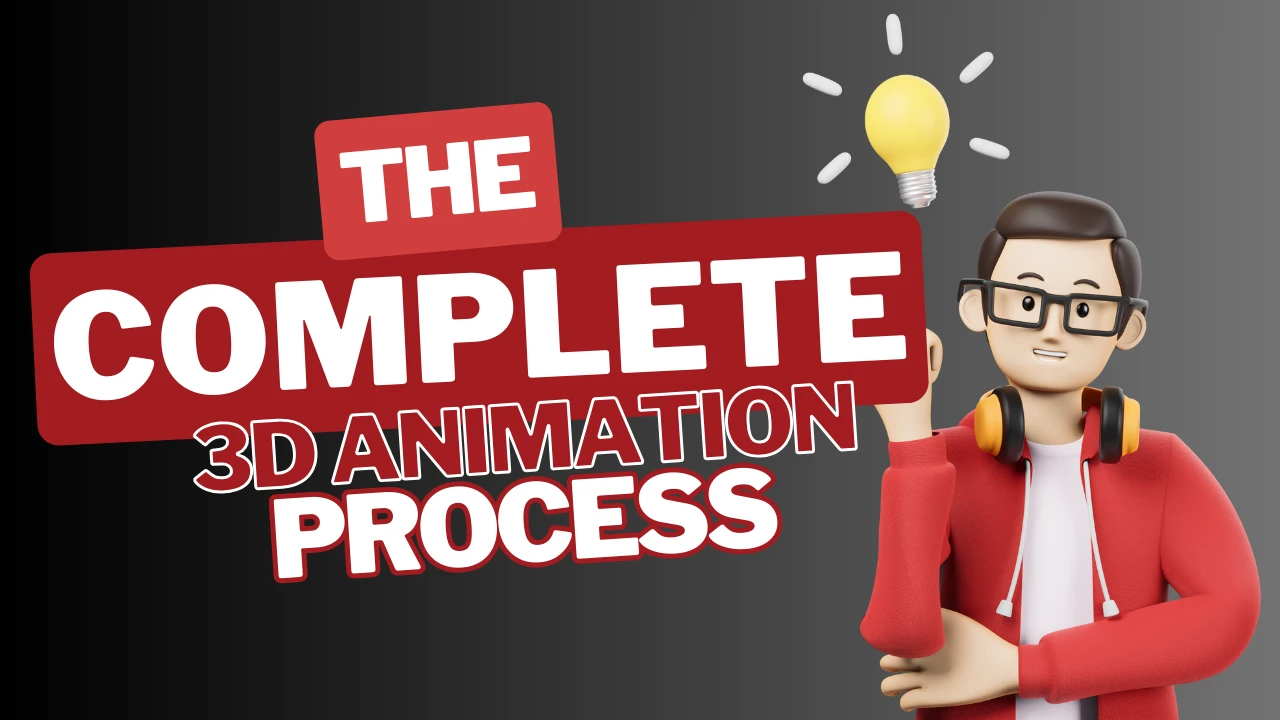
August 22, 2025
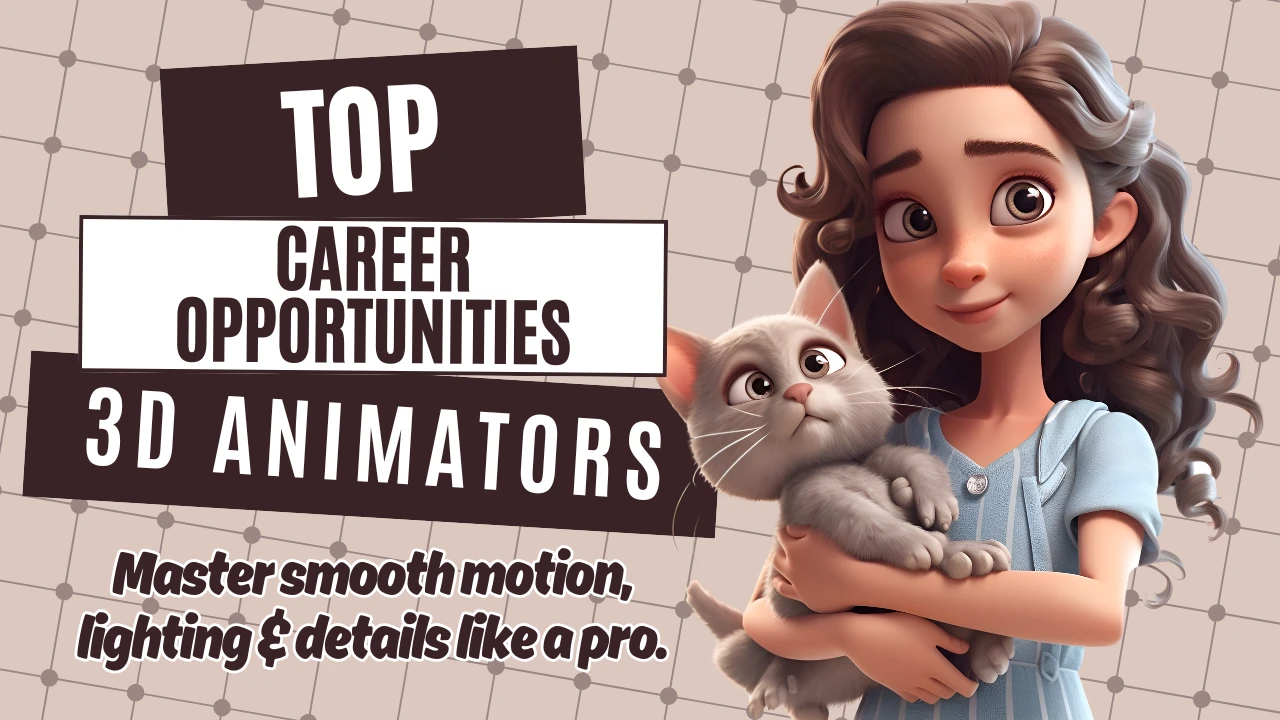
August 21, 2025
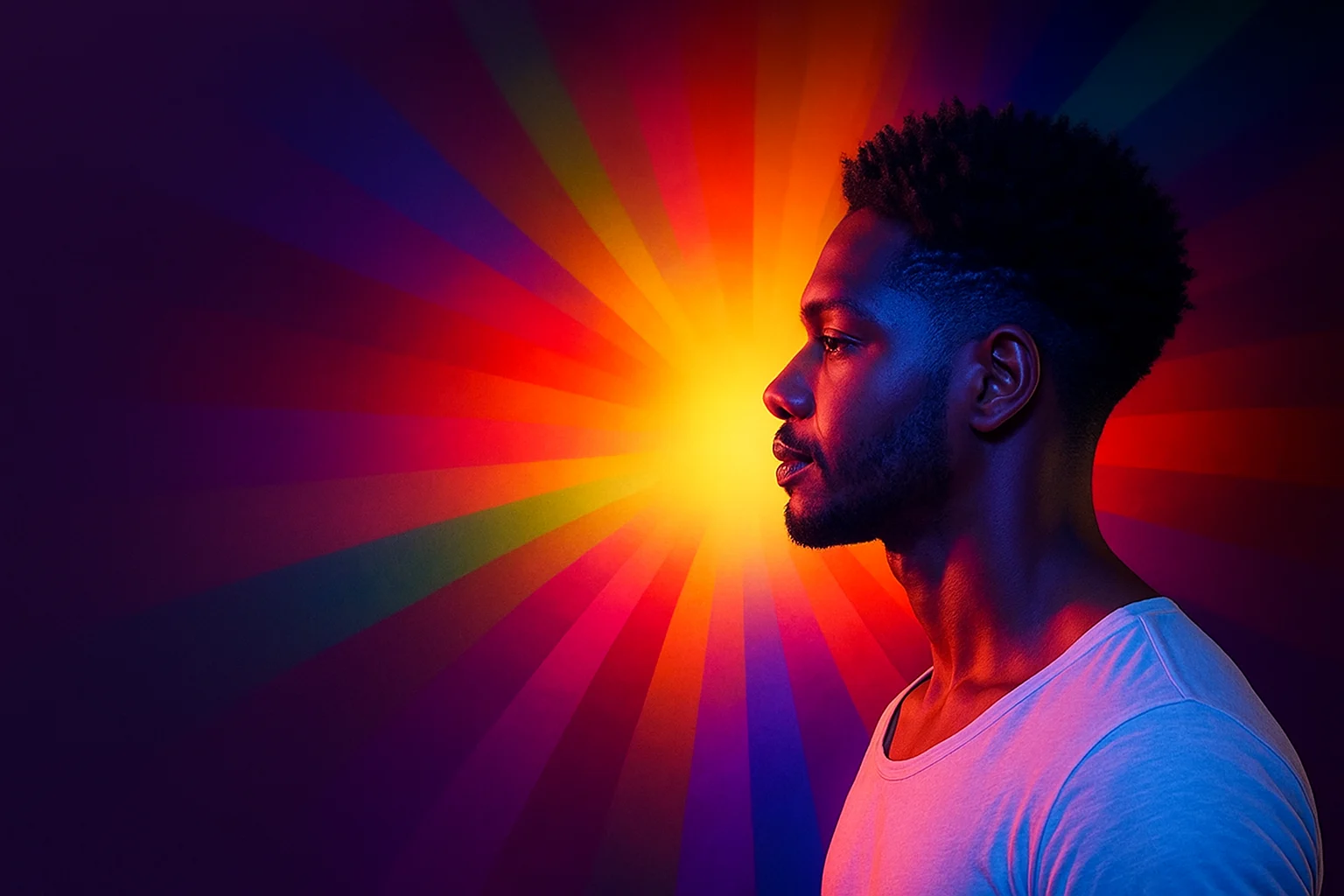
July 25, 2025
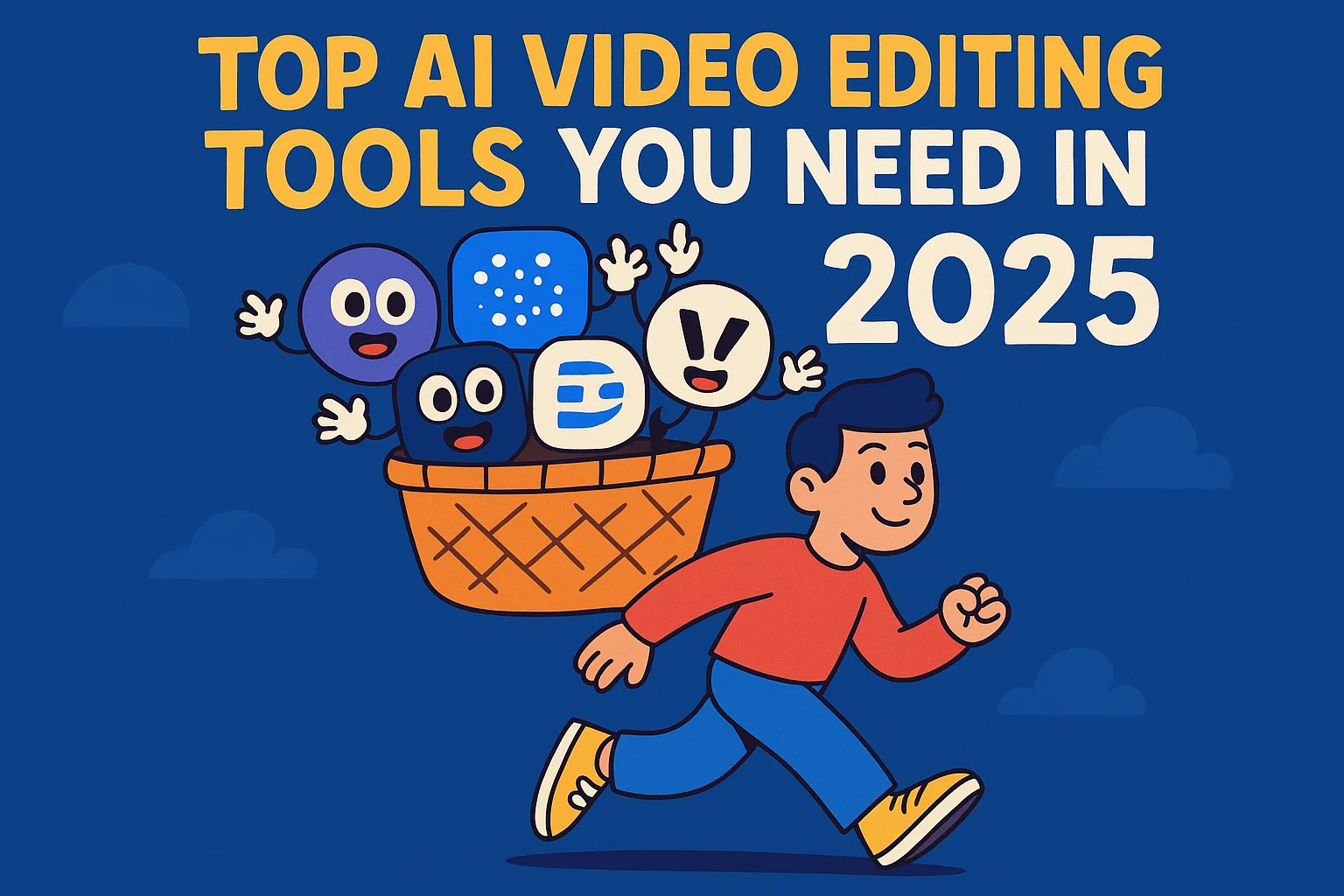
July 25, 2025
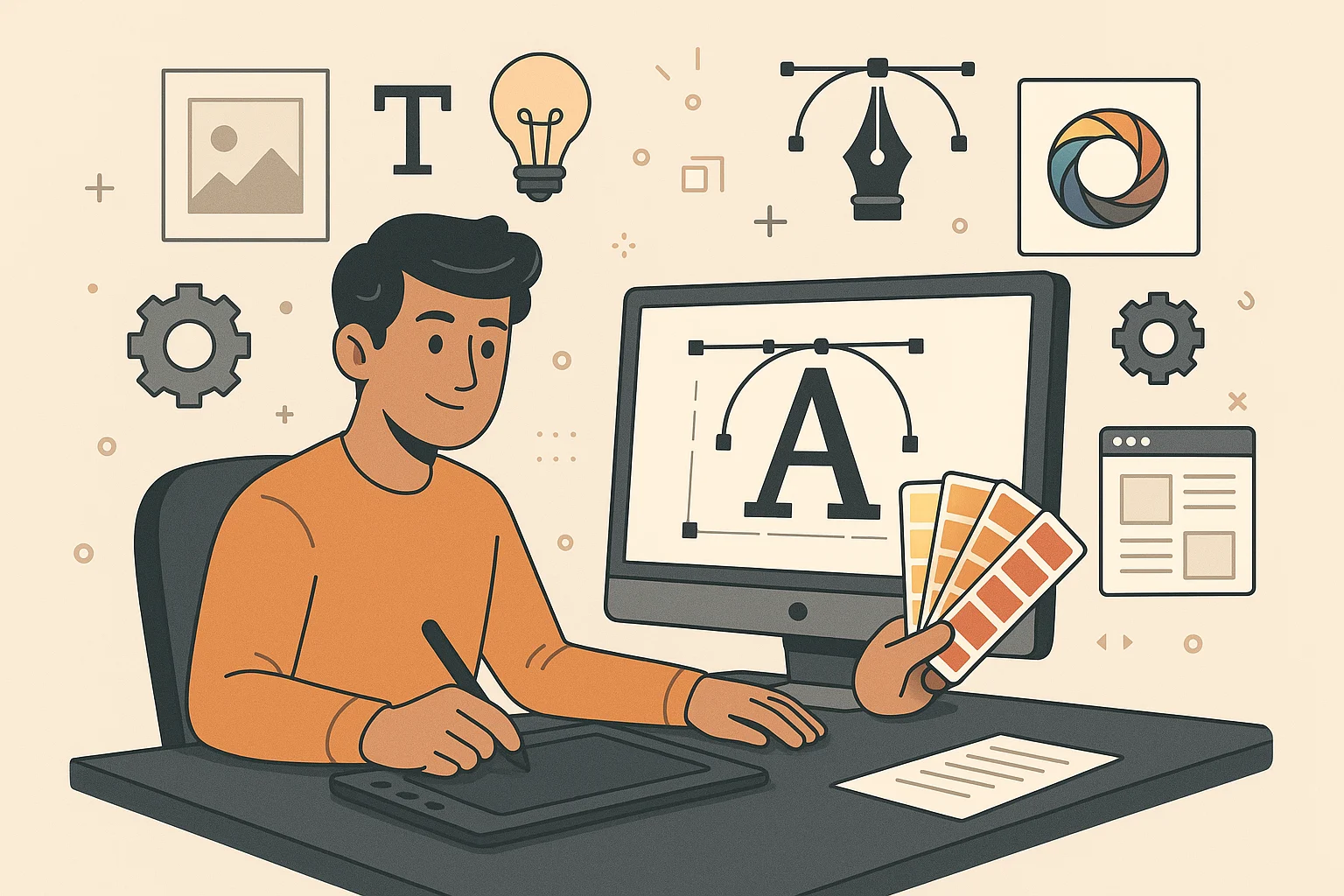
July 24, 2025
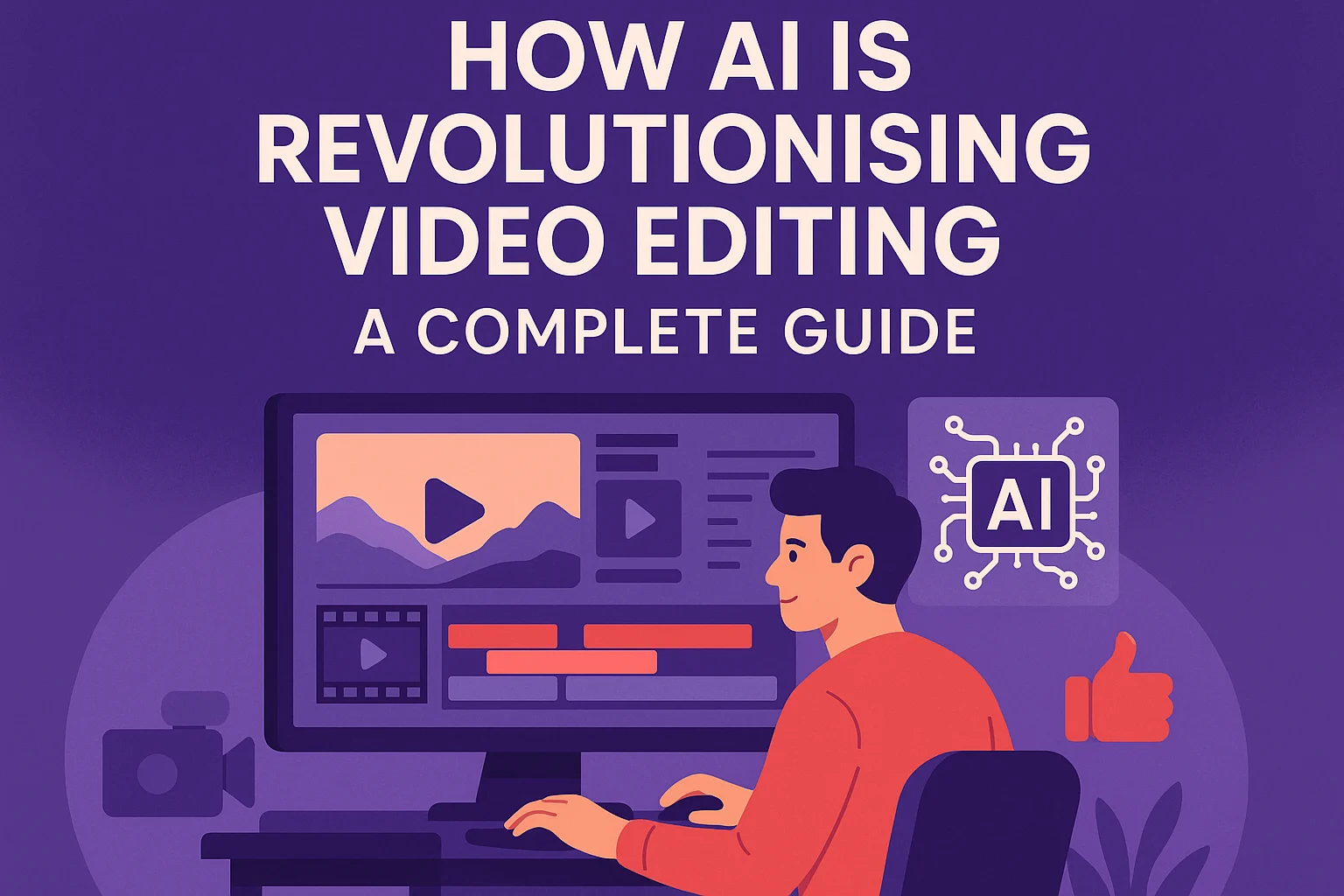
July 21, 2025
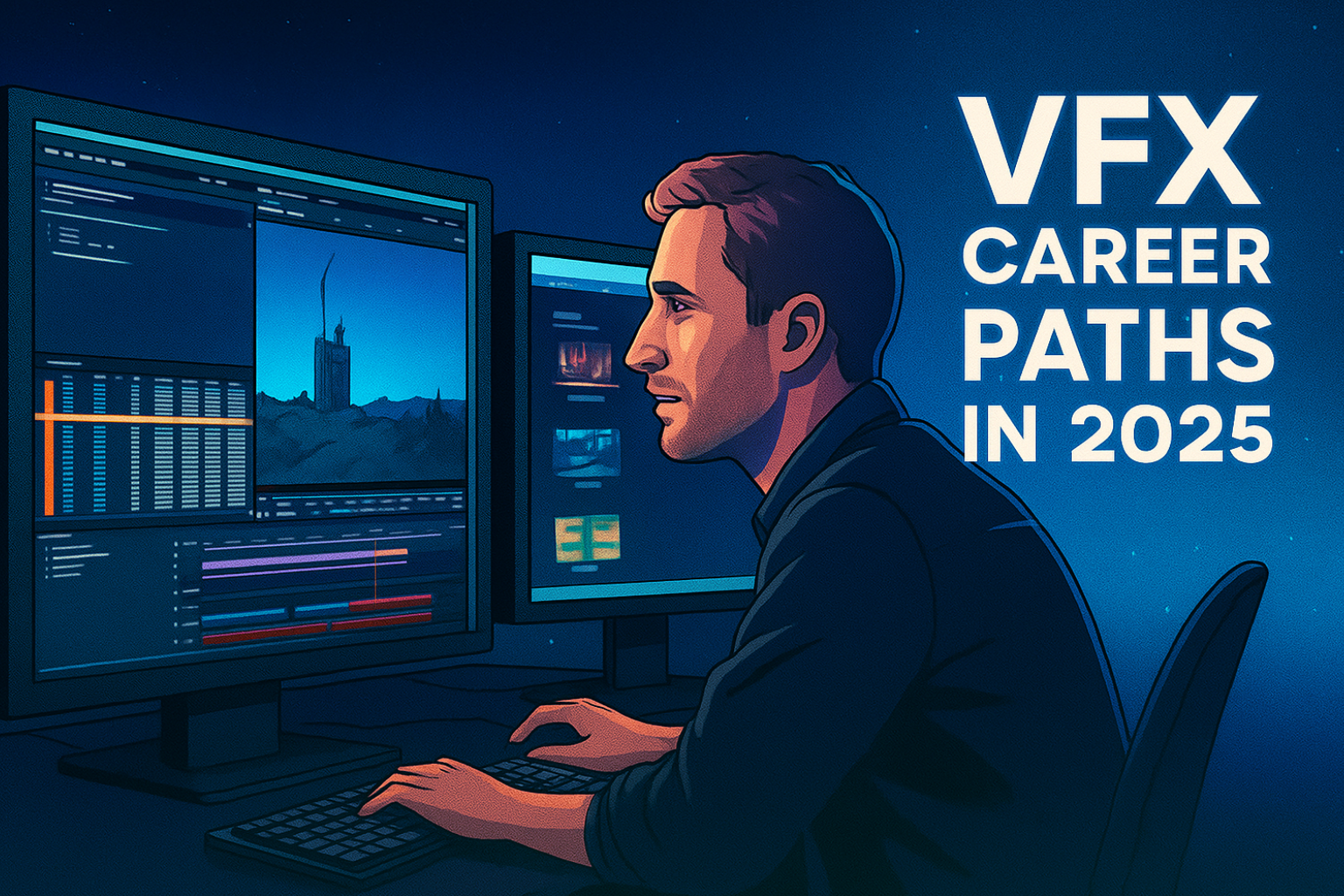
June 30, 2025
June 30, 2025
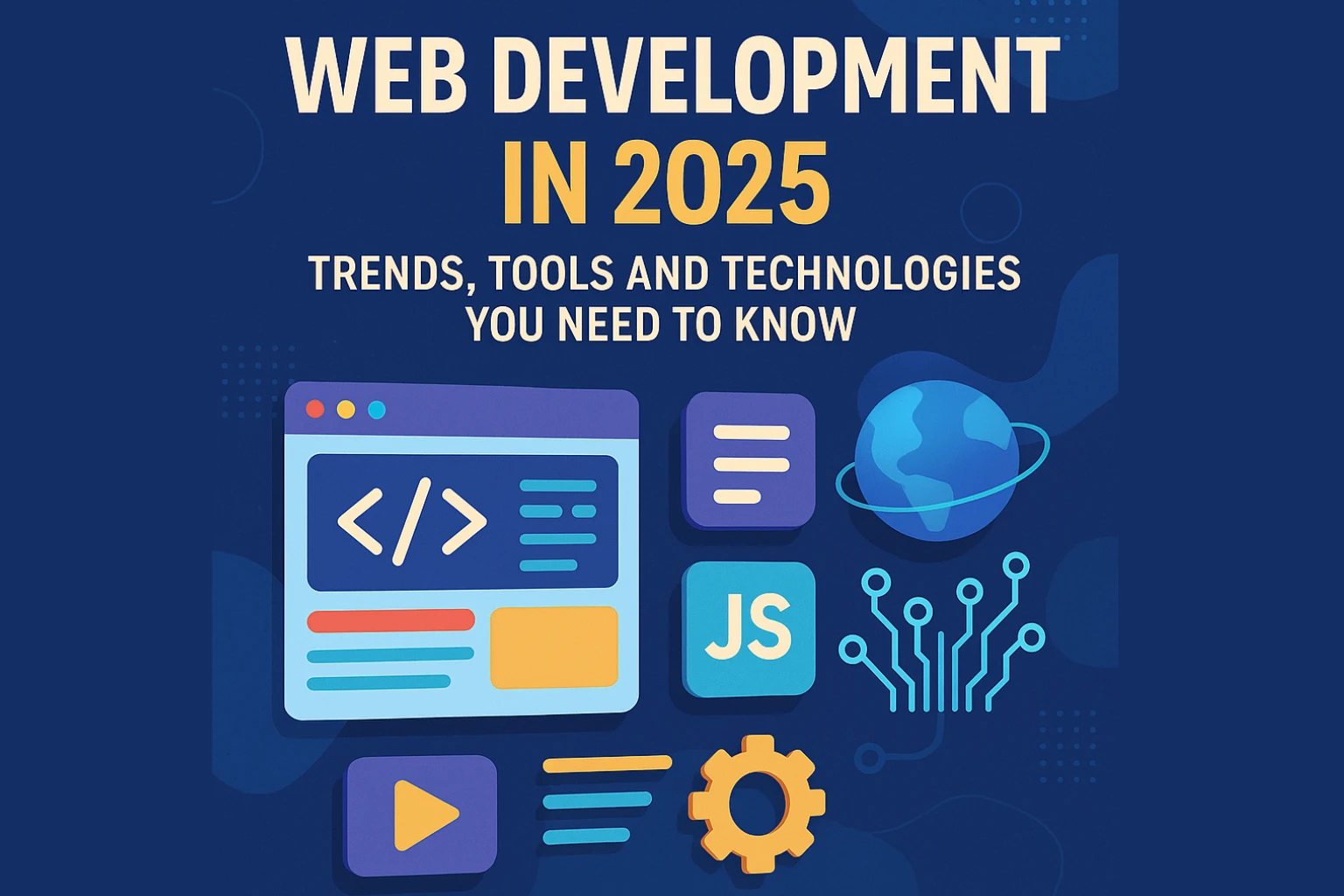
June 30, 2025
June 30, 2025